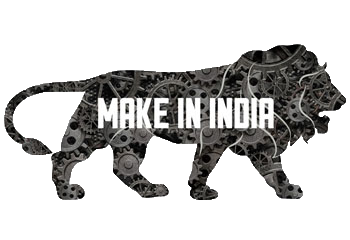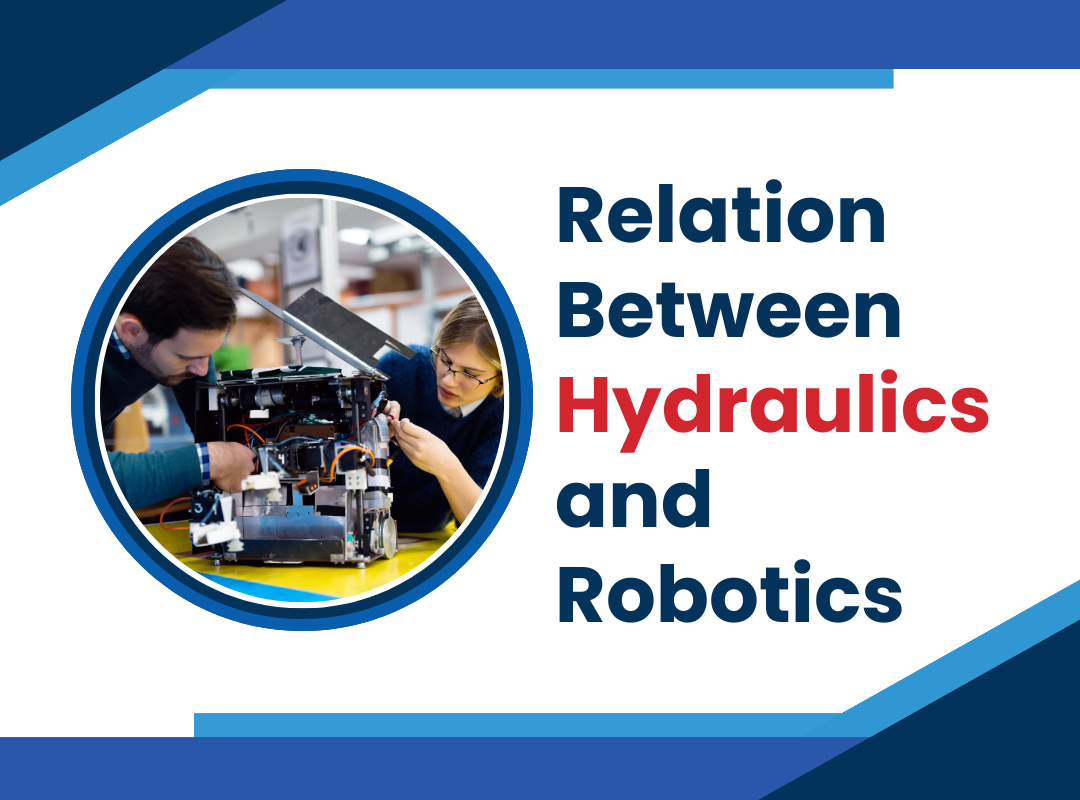Hydraulic cylinder is an applied science that uses engineering alongside other sciences that use liquids and mechanical sciences. Pneumatics deals with gases while hydraulics deal with liquids. They are a counterpart of each other. Hydraulics generates, creates, and transmits power by using pressurized liquid energy. Hydraulics include dam designs, pipe flow, and fluidics. The human body possesses the ability to naturally use hydraulics in its vascular system. Free surface hydraulics occurs in rivers, seas, lakes, and estuaries.
Robotics on the other hand is also a branch of science that deals with the design, manufacture, and working process of robots. Robots can assist humans in multiple ways thus, enabling humans to focus on other inventive and effective measures. Robots can also work in environments that humans cannot. Mechanical engineering, bioengineering, software engineering, computer engineering, etc are a part of robotics.
Robotics is always an exciting industry for every generation that leaves everyone in surprise with their mouths wide open. Different industries are increasingly using different robots day by day. The field of robotics is drawing many people’s attention as it is helping in combating the spread of COVID-19. This proves how efficiently they have been designed and how reliable they are in helping the industry to grow without disturbing its output. People get a lot of curiosity when they come across a new robotic model, method of working, appearance, features along with their ability to handle different tasks. That’s the height that artificial intelligence has achieved in the world of today. Robots can move with the help of inbuilt wheels or they can simply walk.
What’s the Relation Between the Two?
Every machine is in need of extra power so that things can run smoothly. Robotics can be powered by hydraulics or pneumatics. Robots use an electric moving or controlling system and Hydraulic tools being less expensive can assist robots in completing small operations successfully. But such actuators are usually used to perform the task of lifting heavy loads in harsh conditions. The fluid actuator can also perform the same function that an electric actuator does.
Robots that rely on hydraulics use an external power source for supplying power to the system. After supplying power to the pump, the pressure is applied to the fluid reservoir and transmitted to other components. There are different hydraulic valves installed in the system that determines the path of pressurized fluid in the circuit. The integration of computer control with the circuit will help in managing the opening and closing command of the valve. The movement for the robots will be created with the help of hydraulic actuators fixed at the robot joints.
Benefits of Using Hydraulics in Robots
This combination will definitely help in generating linear motion and minimize shock vibration. The assigned remote location of the hydraulic pump reduces the size and weight of the robots. This combination gives an added advantage to hydraulic robots being used for extremely high torque applications. Other added benefits include:
- High power to mass ratio
- High stiffness
- Accurate controls
- Generating high torque at minimum speed
Conclusion
The hydraulic system robots can easily operate in harsh environmental conditions. Companies are expanding a great deal to utilize fluid power along with robotics.


